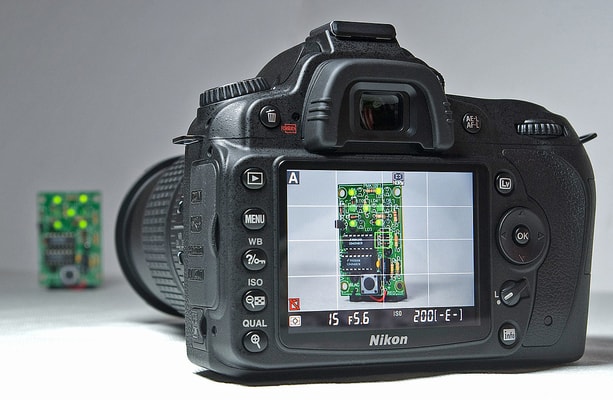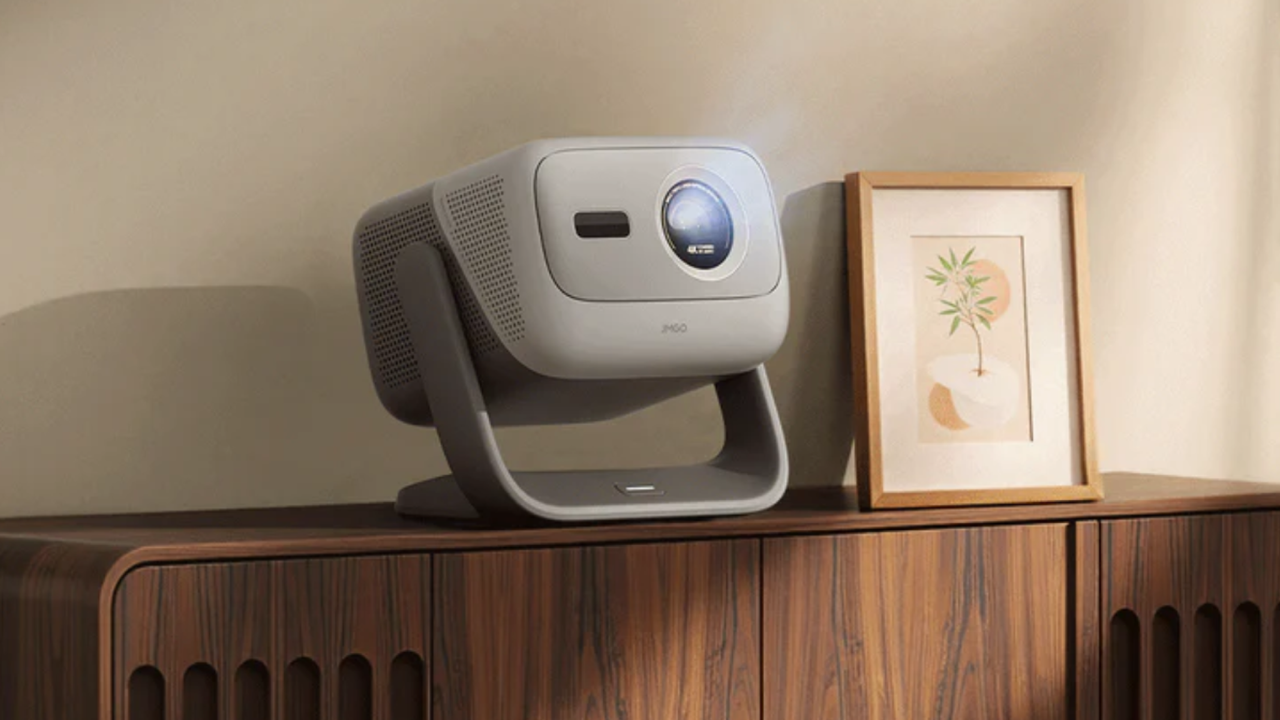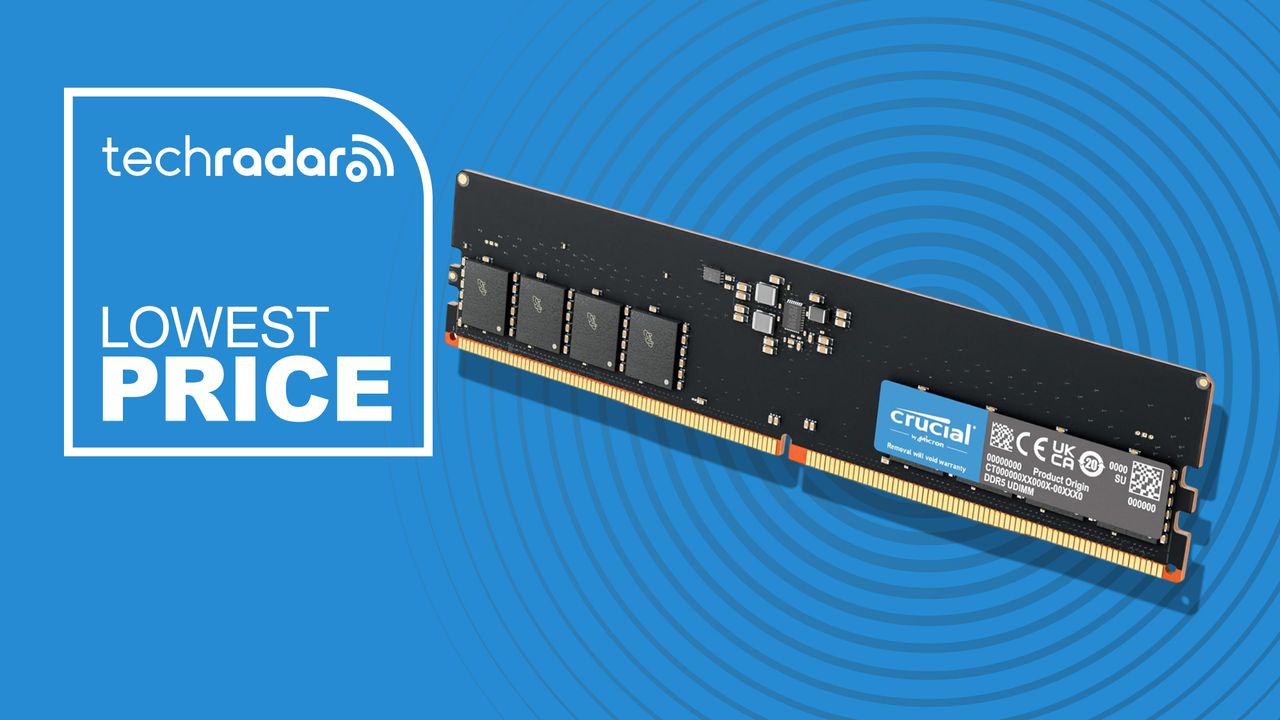
Most photographers use their cameras on a daily basis, with little or no thought to how it operates. Which kind of makes sense. I mean, you probably drive a car every day and, if you’re like me you have next to no concept of how it operates. Being able to take good photographs doesn’t mean that you need to understand the camera on a technical level. But there are aspects of camera operation that a cursory knowledge of can aid you in better understanding certain issues. For example – autofocus can be kind of finicky, so it’s helpful to understand this aspect of your camera.
The first and most important aspect of autofocus in a DSLR that needs to be understood is that each DSLR camera has two distinct autofocus systems. When focusing through the viewfinder you are using a technology called phase detection while activating live view switches over to a system based on contrast detection. This happens because contrast detection is not possible unless an image is actually being projected on the sensor itself while phase detection can function without the camera’s sensor being part of the operation. Understanding the difference between these types of autofocus can help you make the decision of which autofocus mode is a preferable choice within each different scenario.
Phase Detection Autofocus (Viewfinder)
How does phase detection autofocus work? It uses a pair of microlenses to compare light through opposite sides of the lenses. It then aligns those two images on top of each other. Due to the images being drawn from a different position on the main lens, the pair of images will be slightly different. The point of critical focus will be perfectly aligned, however. If this point of critical focus is within the bounds of the active autofocus point, the camera is in a focused state. Because of the nature of this system, focus points cannot reach the edge of the frame as the analysis becomes more difficult when the focus point is moved further from the centre.
Phase detection, therefore, requires incredible precision in order to function correctly. Even the slightest misposition of the micro lenses relative to the main lens can cause the system to become inaccurate. It’s because of this that all modern DSLRs include an autofocus micro adjustment tool. This allows the user to configure their autofocus in order to make it perfectly aligned for each lens in their collection. Phase detection autofocus has improved greatly over the years and continues to improve.
Contrast Detection Autofocus (Live View)
Contrast detection autofocus is kind of complex, in theory. But it’s actually much easier to understand when put into every day people terms. When autofocusing in live view, a DSLR records images from the sensor in real time that it then analyzes for the intensity of contrast between adjacent pixels within the bounds of the focus point. If the contrast intensity reaches a required threshold, the camera is in a focused state. Because contrast detection analyzes an image from the sensor itself, the analysis can be done on any area of the sensor without difficulty.
It’s because of this that live view autofocus can target even the far corners of the frame. It also allows contrast detection autofocus to be more accurate as it is analyzing the actual image. As a side note, this is why you should always fine tune your autofocus using the viewfinder, not live view, as autofocus fine tune will not have any impact on your live view focusing system.
https://www.youtube.com/watch?v=KwJMFTwAO7k
Which to Use?
The main difference for DSLR users is going to be speed, reliability and accuracy. As contrast detection requires switching in and out of live view between each shot, focusing using live view can be frustratingly burdensome. The slightly less accurate phase detection system will allow for more agility in use at the cost of reliability and accuracy. It is also worth noting that when not using a tripod that most photographers are more stable when holding the camera to their face rather than with outstretched arms to be able to see the LCD. Which means, in certain situations, the added camera shake may easily outweigh any benefits achieved by leveraging contrast detection. Ultimately, there is no right answer for every situation, rather it is up to you as a photographer to practice and be familiar with both system so that you can make an educated decision while shooting to decide which autofocus system is superior in your given situation.



